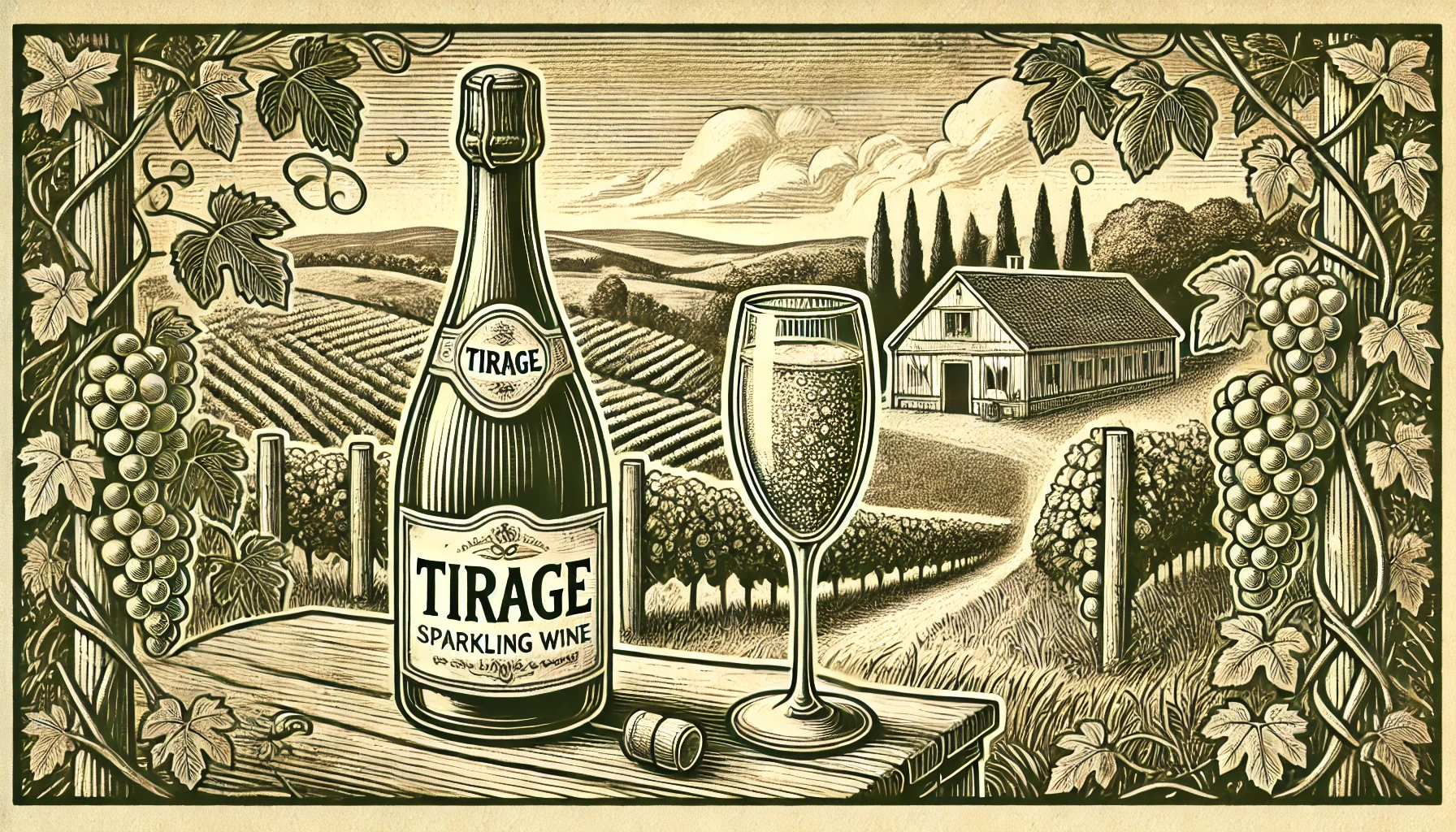
Tirage is an essential step in making sparkling wine, including Champagne. The term refers to adding a mixture of yeast and sugar to a base wine. This process creates the second fermentation inside the bottle, forming bubbles.
Winemakers prepare the base wine first. This wine is typically still and dry. They add the tirage mixture, which includes sugar, yeast, and sometimes nutrients. Once added, the wine goes into sealed bottles. The yeast consumes the sugar and releases carbon dioxide. Since the bottle is sealed, the gas stays in the liquid, creating bubbles.
The wine then undergoes aging on the lees (the dead yeast cells). This period can last from several months to years. Aging on the lees adds complexity to the wine. It gives sparkling wine its toasty, brioche-like flavors. Winemakers refer to this stage as “en tirage.”
The length of the tirage period affects the final style of the sparkling wine. Shorter tirage periods often result in fresher, fruitier wines. Longer periods add more complexity, creaminess, and depth.
After the desired aging time, winemakers remove the lees through a process called disgorging. They then add a dosage (a mixture of wine and sugar) to determine the wine’s final sweetness level.
Tirage plays a crucial role in defining the character of sparkling wine. It shapes everything from the bubbles’ fineness to the wine’s richness. Without it, Champagne and other sparkling wines would lack their signature effervescence.
Curious about more wine terms and insights? Visit our Wine Wiki section and explore the basic wine terms for expert definitions and tips!